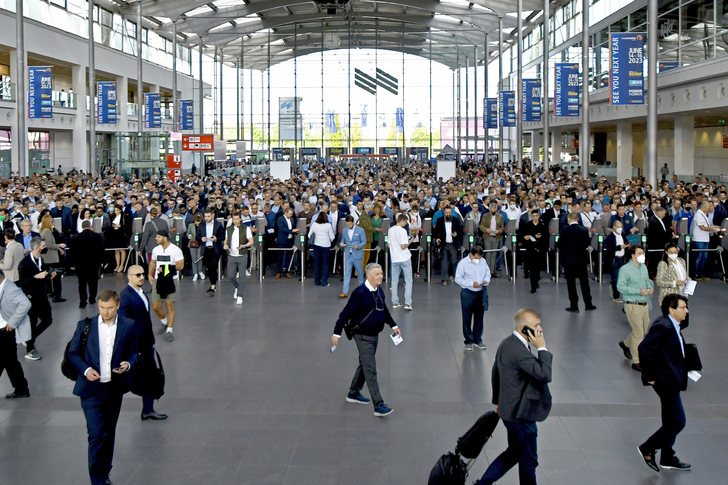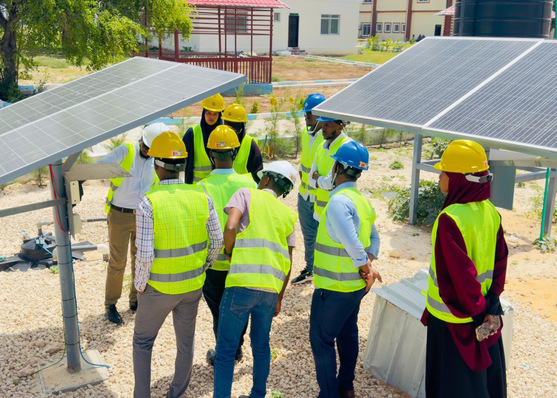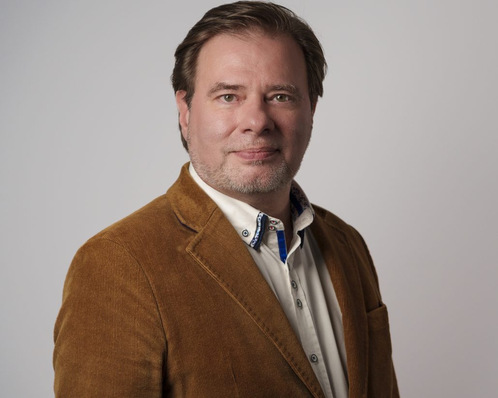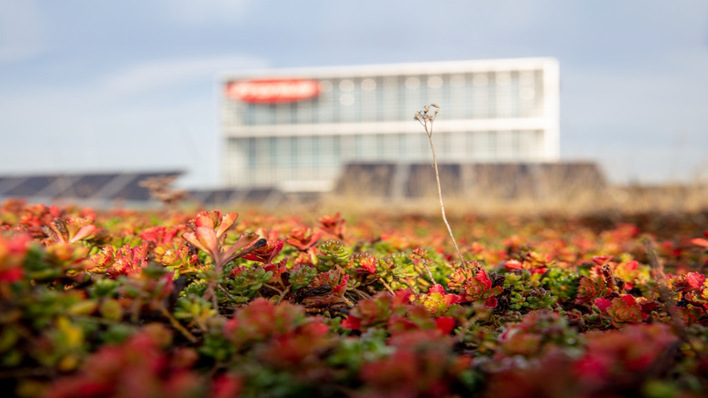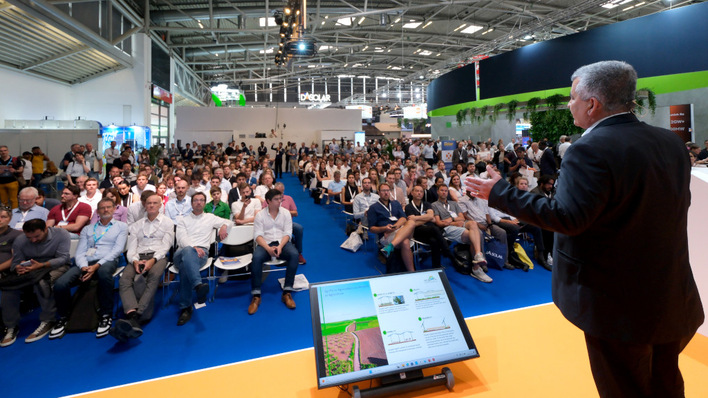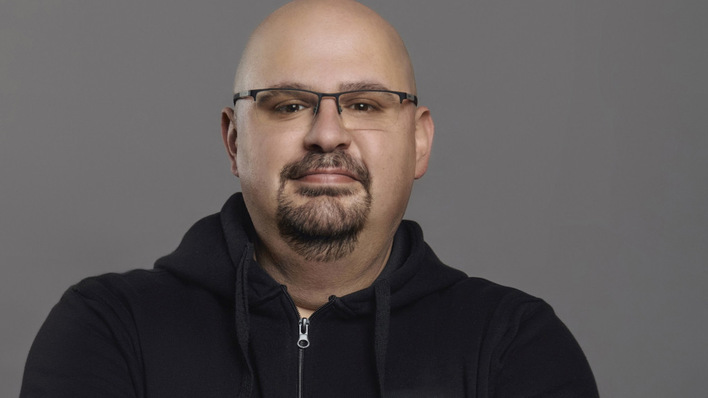Pioneering solutions for the future of energy have never been as important as they are today. Whether renewable power and heat generation, innovative storage systems, smart grids, charging infrastructure, and e-mobility: appealing solutions for a renewable, decentralized, digital, and reliable energy supply as well as the coupling of the power, heat, and transport sectors are conquering the market. This will be demonstrated by Europe's largest energy industry platform, The smarter E Europe, with the four parallel trade shows Intersolar Europe, ees Europe, Power2Drive Europe and EM-Power Europe from May 11 to 13, 2022 at Messe München.
The European Union's climate protection targets as part of the "Fit for 55" package of measures to implement the Green Deal, as well as those of the German government, are ambitious: By 2030, CO2 emissions in the EU are to be reduced by 55 percent compared to 1990. In mid-2021, the German government raised this target for Germany to 65 percent compared with 1990. To achieve this goal, the energy industry will have to rethink. One thing is certain: Electricity and heat generation from renewables is a prerequisite for the success of the energy transition - coupled with nationwide storage infrastructures and the intelligent coupling of the electricity, heat and transport sectors. The prospects for the transformation are promising: photovoltaics (PV) has been on a growth trajectory for years, the storage industry has been on the upswing for a decade, and electromobility and charging infrastructure solutions are booming. And the spectrum of solutions for the energy transition is broad. This is demonstrated by the innovation platform The smarter E Europe: Europe's largest energy industry platform stands for cross-industry and cross-sector products, solutions and business models. From concepts and solutions for a renewable, decentralized and digital energy economy, to smart and networked energy systems, to e-mobility, smart charging systems and green hydrogen - the new energy world must be integrated and thought across sectors. With its focus on the new energy world, The smarter E Europe stands for accelerating the transformation of the energy and mobility world.
In twelve exhibition halls, on 132,000 square meters of exhibition space, a total of 1,356 exhibitors will show the innovative products, services and business models of the new energy world to over 50,000 expected visitors.
PV is growing dynamically
Photovoltaics will play a key role in renewable power and heat generation in the future: For example, around 140 gigawatts of new PV are to be installed in Germany by 2030, and additional land potential is to be mobilized for this purpose. According to industry experts, a three- to fourfold increase in annual PV installations is necessary. They expect the publication of the European Union's first solar strategy in the second quarter of 2022 to drive solar even further. Figures from the European industry association SolarPower Europe also confirm rapid development in the solar market, particularly for Germany. According to the forecast of the current "Global Market Outlook for Solar Power 2022-2026", Germany is currently number one in solar expansion in Europe - ahead of Spain, Poland, the Netherlands and France. By 2026, the European industry association expects solar power capacity installed in Germany to more than double from 61 gigawatts (GW) at the end of 2021 to around 133 GW.
Previous niche applications such as agri-PV on agricultural land and floating PV will become increasingly important to develop additional land. Experts expect annual global growth of more than 20 percent in floating PV over the next four years. The Fraunhofer Institute for Solar Energy Systems (ISE) in Freiburg found that there is a technical potential of up to 56 GW on German opencast lignite lakes alone. Building-integrated PV (BIPV) systems will also play an important role in climate neutrality: The building sector is responsible for up to 40 percent of all CO2 emissions worldwide, and about 30 percent in Germany. Experts will discuss current and future developments in Agri-PV, Floating PV and BIPV at the Intersolar Europe Conference on May 10 and 11 at the ICM (International Congress Center) at Messe München.
Rising energy prices boost the storage market
To ensure that electricity and heat from renewable energy sources are available at all times of the year and around the clock in the future, coupling with efficient electricity storage systems is essential. The storage market is currently growing, particularly in the solar energy sector: according to the BSW, more than 140,000 battery systems have been installed in combination with PV systems in Germany in 2021. Further market growth is expected in 2022 - not least due to rising energy prices. The further development of high-performance storage systems is running at full speed in a wide variety of areas. This is also demonstrated by the finalists in this year's ees AWARD, which was presented on May 10 as one of three prestigious awards for the energy industry as part of The smarter E Europe.
Another technology on the verge of a market breakthrough is green hydrogen. The benefits: Green hydrogen helps to more closely link the electricity, heat and transport sectors via renewable energy and decarbonize applications in industry, shipping, heavy and air transport. Industry experts see the green hydrogen economy as an essential part of the solution for Europe to become fossil-free and more self-sufficient in the future. In the future, they say, investments must be made in all parts of the value chain simultaneously so that green production, storage and consumption grow continuously together. The smarter E Europe is dedicating its own forum and exhibition area to the topic of "green hydrogen": for three days, the "Green Hydrogen Forum & Expo" will form a showcase for industry representatives from all value-added sectors.
Companies on the way to climate-friendly operation
Whether green hydrogen or efficient storage - in order to intelligently couple the individual sectors in the complex energy system of the future in a climate-friendly way, smart digital solutions are needed that are increasingly based on artificial intelligence or machine learning. These also help companies to supply their operations with electricity and heat in a cost-effective and environmentally friendly manner and to produce in a climate-neutral manner. The themed area "On the way to a climate-neutral company" at EM-Power Europe will show ways in which companies can achieve their climate protection goals. Other focus topics of the trade show and the accompanying EM-Power Europe Conference on May 10 and 11 include the integration of renewable energies into power grids, smart grid solutions and grid-forming inverters that will stabilize the power grids of the future. In addition, the focus will be on energy management and sector coupling in buildings and neighborhoods.
E-mobility and vehicle-to-grid as future model for intelligent load management
Battery-electric cars as mobile power banks can also provide local energy management and higher-level grid stability in the future. For example, e-vehicles that draw green power through intelligent charging management, for example from PV systems - whenever surpluses are available. The additional big plus of e-vehicles: bidirectional charging. This means they can not only take in electrical energy, but also feed it back into the grid when needed (vehicle-to-grid). This technology thus enables intelligent sector coupling and helps decarbonize the heating, electricity and transport sectors. This opens up additional sources of revenue for energy utilities and car owners.
With the rapidly increasing number of e-vehicles and the widespread expansion of smart charging infrastructure, the prospects for grid stability with the help of e-vehicles are improving - in Europe and especially in Germany. According to a 2021 market study by e-car data specialist Schmidt Automotive Research, one in three electric vehicles newly registered in Europe is on German roads. Of the 338,191 charging points (as of 2021) in the European Union, nearly 30 percent are located in the Netherlands, and 20 percent each in Germany and France, according to EAFO (European Alternative Fuels Observatory). Orientation in this dynamically growing market and the opportunity for exchange is offered by the international trade fair Power2Drive Europe 2022 with trade fair forum and the accompanying Power2Drive Europe Conference. (hcn)
Join us live from Munich: Live Events - pv Europe


